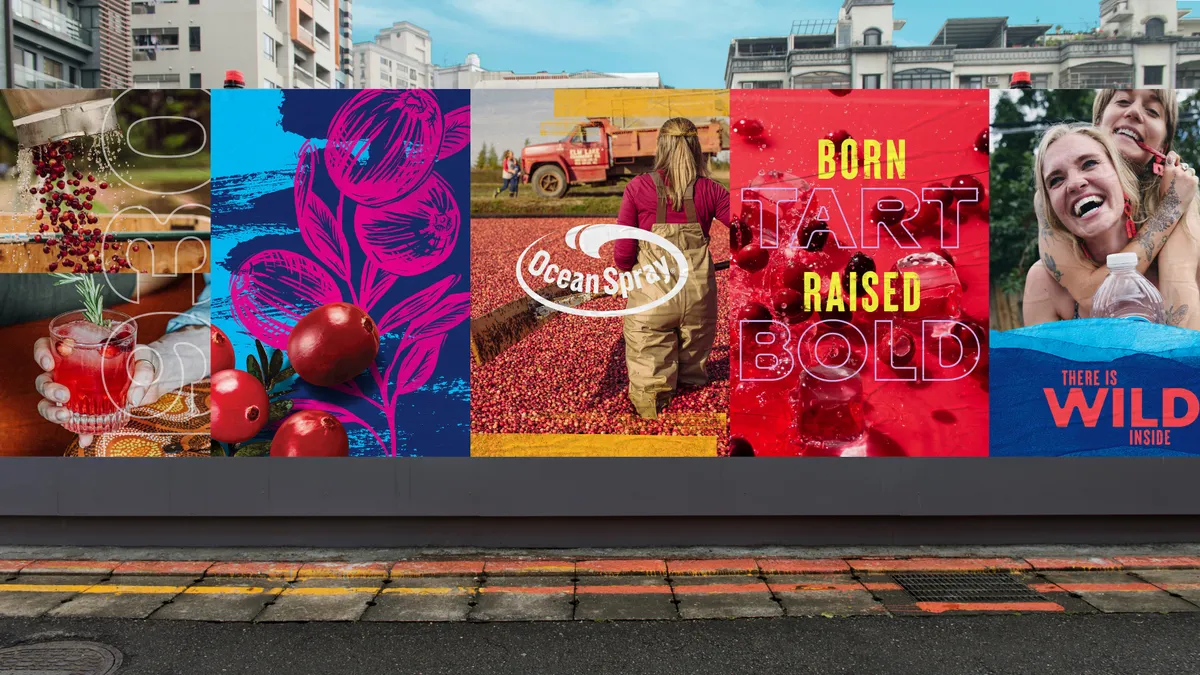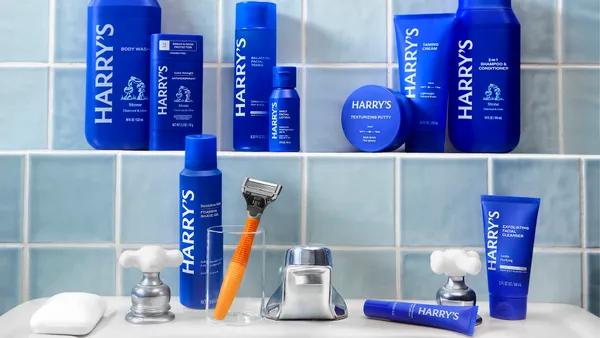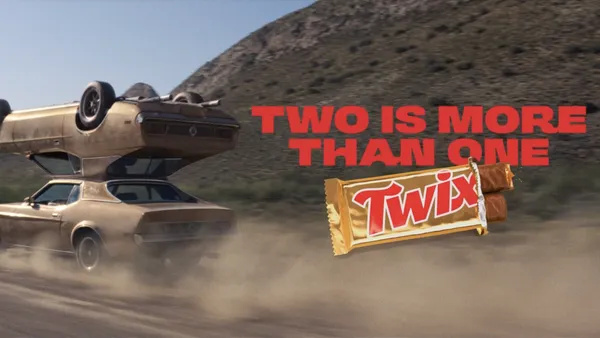Aquila, established last year by the Association of National Advertisers (ANA), offered its first major progress report during a session at the ARF’s annual AudienceXScience conference on March 26. The entity looks to provide a “holy grail” to marketers that have long wished for a proper cross-media measurement solution, said Aquila President and COO Tina Daniels.
“The opaqueness of the walled gardens is arguably amongst the most insidious problem that we have,” Daniels said. “A bunch of solutions have popped up to create a workaround for this issue, but let’s be honest, most of these solutions have added complexity, not simplicity, to marketers’ lives.”
Aquila aims to offer marketers normalized total impressions and deduplicated cross-platform reach and frequency data. The group has the widespread industry support needed to solve measurement problems caused by media fragmentation, with buy-in from advertiser partners, solutions providers, trade groups and major ad platforms. The ANA, a trade group, represents brand marketers.
Aquila brings together census-level impression data from Meta, Google, Amazon and TikTok, which it combines with television data that will be provided by new partner Comscore, Daniels announced during the panel. From there, Kantar will map the data to train a virtual ID model that will create the duplication analysis and produce the platform’s de-duplicated region frequency reports. Accenture is using the World Federation of Advertisers’ open-source Halo code to build the Aquila platform and the Media Rating Council is guiding the process to ensure that it is built in a way that satisfies its accreditation standards.
“We really want to make sure that this platform is being built with agency needs in mind. We want this data to flow into their processes and their tools very naturally,” Daniels said. “We expect that one of the most powerful use cases will be feeding directly into [media mix modeling] models. We know that the more granular an MMM model is, the more effective it is for marketers.”
Progress report
While Aquila is a data-first platform, it will also be calibrated by a single-source, person-level panel that Kantar is creating. The panel already includes 2,000 homes, almost halfway to the target of 5,000 homes representing about 8,000 people. Meanwhile, the privacy-preserving virtual ID model that undergirds the platform is entering its alpha phase in April, with marketer trials using real data expected in Q3.
Those marketer trials will identify and solve more concrete use cases for Aquila. For example, a marketer trying to reach 15 million specific consumers in a cross-channel campaign that includes TV can’t always be sure if they’re reaching 5 million consumers three times, 3 million consumers five times or 1 million consumers 15 times. Aquila’s solution is designed to clarify those insights.
In addition to a technical roadmap, Aquila has firmed up its business plan. For legal reasons, the entity is a for-profit business within the nonprofit ANA, but it intends to run as a break-even business with a low cost for marketers. As Aquila gets into general availability in 2026, it plans to add other publishers, channels and media industry representatives, but does not intend to become a measurement currency.
“I’m going to say that very declaratively: There are lot of great currencies out there; that is not our ambition,” Daniels said. “We’re not out to disrupt other measurement companies.”
Unilever’s expectations for Aquila, agencies
Aquila seeks to be an addition, not a replacement, to the toolkits already used by major marketers. Unilever, for example, wants to leverage a mix of first-party tools, platform tools and third-party tools like Aquila, explained Adam Frazier, head of U.S. consumer data strategy for the CPG giant.
“Third-party tools are really critical in our industry as a very important referee. No one should be grading their own homework,” Frazier said at the end of Daniels’ presentation.
For all the data that marketers like Unilever are able to collect and analyze, cross-media management hasn’t been solved due to complexity and inconsistency, an issue Aquila hopes to solve. But solving for reach and frequency is not the end of Unilever’s journey, either.
“We have to challenge the idea that … reach and frequency is the most important issue. That’s not really the case. My KPI is not reach and frequency: our KPI at Unilever is about competitive growth, and we want to understand what tactics drive that growth,” Frazier said.
The assumption that reducing extra frequency will make campaigns more efficient — in an environment where the Unilevers of the world are “competing against upstarts that have never heard of frequency capping in their lives,” as Frazier put it — could be wrong, making the data that Aquila provides even more important for testing and measuring. In addition, much of the work that Aquila does will be utilized not just by brands, but also agencies that operate as extensions of the brand, working together to achieve outcomes.
“We would expect our agency to be in this data, everywhere it potentially shows up,” said Frazier, adding that the work will extend to analytics, performance and planning teams as Unilever tries to speed up campaign optimization and improve budget allocation.















